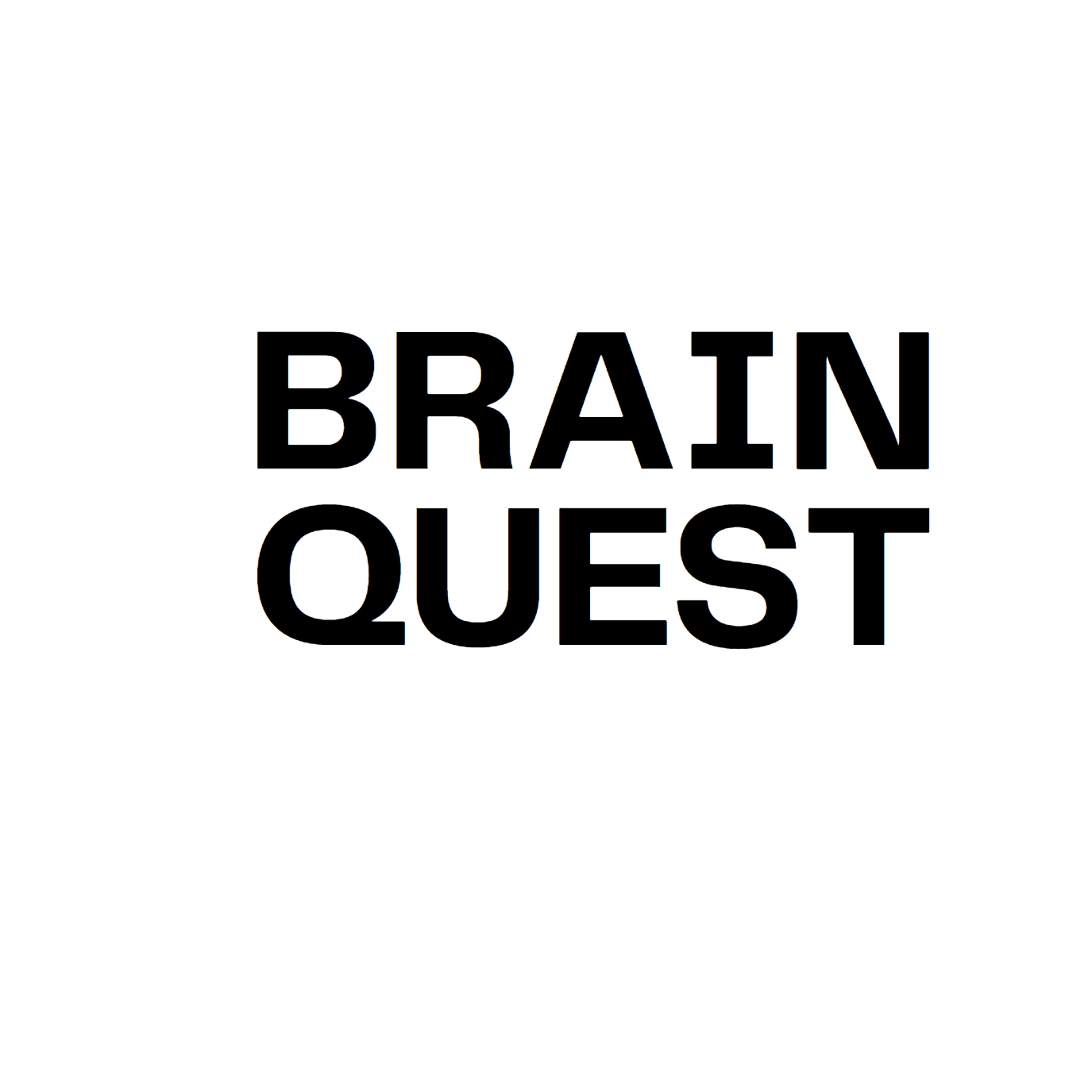Harnessing the Wind: Unleashing the Power of Sustainable Energy
- Ashwani Agarwal

- Jun 13, 2024
- 2 min read
Updated: Jun 14, 2024

In the quest for sustainable and renewable energy sources, wind power stands tall as a vital player. Wind energy, one of the oldest forms of harnessing nature's power, has evolved dramatically with modern technology. Today, it is a cornerstone of the global shift towards greener energy solutions. Let's explore how wind energy is captured, transformed, and utilized to power our world.
The Basics of Wind Energy
Wind energy originates from the sun. Solar radiation heats the Earth's surface unevenly, creating air movement or wind. This kinetic energy in the wind can be captured and converted into electricity using wind turbines. The concept is simple: convert the motion of wind into mechanical energy, and then into electrical energy.
How Wind Turbines Work
Wind turbines are the modern equivalents of old windmills. They consist of blades, a rotor, a nacelle, and a tower. Here's a step-by-step look at how they work:
Capturing Wind: The turbine’s blades are designed to catch the wind efficiently. As the wind blows, it causes the blades to rotate.
Generating Mechanical Energy: The rotating blades spin a rotor connected to a main shaft. This main shaft turns a generator inside the nacelle, the large box atop the tower.
Producing Electricity: The generator converts the mechanical energy from the rotation into electrical energy. This electricity is then transported down the tower to a transformer, which converts it to the correct voltage for distribution.
Types of Wind Turbines
Wind turbines come in various shapes and sizes, optimized for different environments:
Onshore Wind Turbines: These are installed on land and are the most common type. They vary in size from small turbines for individual use to large, utility-scale turbines that contribute significantly to the power grid.
Offshore Wind Turbines: Installed in bodies of water, usually on continental shelves. These turbines can capture stronger and more consistent winds compared to onshore turbines, making them highly efficient despite the higher installation and maintenance costs.
The Benefits of Wind Energy
Wind energy is celebrated for its numerous advantages:
Renewable and Sustainable: Wind is an inexhaustible resource. As long as the sun shines, wind will be generated.
Low Environmental Impact: Wind turbines produce no greenhouse gases during operation. They occupy minimal land space and can coexist with other land uses like agriculture.
Economic Benefits: Wind energy projects create jobs in manufacturing, installation, and maintenance. They also offer stable, long-term energy prices once the turbines are in place.
The Future of Wind Energy
The future of wind energy is promising. Technological advancements are continually improving turbine efficiency and reducing costs. Innovations such as floating wind turbines expand the potential for offshore wind farms, tapping into deeper waters with stronger winds. Additionally, integration with smart grids and advancements in energy storage are enhancing the reliability and effectiveness of wind power.
Conclusion
Harnessing the wind is not just a technological feat; it is a step towards a sustainable future. By converting the kinetic energy of wind into electricity, we are tapping into a clean, renewable resource that can significantly reduce our carbon footprint. As technology progresses and adoption grows, wind energy will play an increasingly crucial role in our global energy landscape, driving us towards a greener, more sustainable future.



Comments